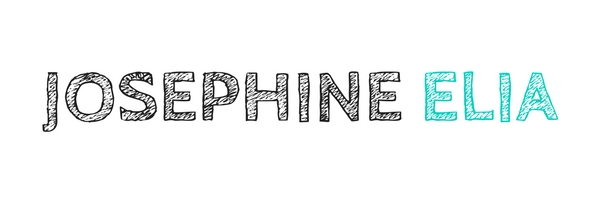Hope Jahren’s memoir, Lab Girl, is beautiful and poetic love letter to science, to the world of trees and plants. When a scientist also has the gift of language, something like a miracle gets produced. Jahren seems to weave words so naturally, putting together words that mere mortals don’t usually put together, unexpectedly, surprisingly, and wonderfully.
I have recommended this book many times, and will continue to do so in the future. I guarantee that you will never look at a tree the same way again.
In this quote, Jahren reminisces the garden she built with her mother in her childhood. But it’s not a typical description of a garden.
My strongest memory of our garden is not how it smelled, or even looked, but how it sounded. It might strike you as fantastic, but you really can hear plants growing in the Midwest. At its peak, sweet corn grows a whole inch every single day and as the layers of husk shift slightly to accommodate this expansion, you can hear it as a low continuous rustle if you stand inside the rows of a cornfield on a perfectly still August day.
Only someone in love with plants can notice this amazing fact and put it down in those words.
Each of us is both impossible and inevitable. – Hope Jahren
A seed knows how to wait. Most seeds wait for at least a year before starting to grow; a cherry seed can wait for a hundred years with no problem. What exactly each seed is waiting for is known only to that seed. Some unique trigger-combination of temperature-moisture-light and many other things is required to convince a seed to jump off the deep end and take its chance—to take its one and only chance to grow.
When the seed decides to begin its incarnation as a tree,
Each beginning is the end of a waiting. We are each given exactly one chance to be. Each of us is both impossible and inevitable. Every replete tree was first a seed that waited.
She does this again and again. In describing leaves, “The first real leaf is a new idea.” Or the wood,
A tree’s wood is also its memoir: we can count the rings to learn the tree’s age, for every season of growth requires a new sheath from the cambium. There’s a lot of additional information written into tree rings, but it is coded within a language that scientists don’t speak fluently—yet. An unusually thick ring could signify a good year, with lots of growth, or it could just be the product of adolescence, a random spurt of growth hormones cued by an influx of unfamiliar pollen from a distant source.
Here’s a new way to look at the furniture in your house.
Every piece of wood in your house—from the windowsills to the furniture to the rafters—was once part of a living being, thriving in the open and pulsing with sap. If you look at these wooden objects across the grain, you might be able to trace out the boundaries of a couple of rings. The delicate shape of those lines tells you the story of a couple of years. If you know how to listen, each ring describes how the rain fell and the wind blew and the sun appeared every day at dawn.
On science and scientific discovery,
A true scientist doesn’t perform prescribed experiments; she develops her own and thus generates wholly new knowledge.
One of the most exquisite passages in the book is when she describes her first discovery as a graduate student (see also The Joy of Discovery). Science is usually covered in the media or movies as something sexy and high-tech. But the reality is most of science is done in humble labs with exposed pipes, hidden in the basement of a building, and during the hours most people are asleep. In this instance, the discovery comes during a certain all-nighter.
I was the only person in an infinite exploding universe who knew that this powder was made of opal. In a wide, wide world, full of unimaginable numbers of people, I was—in addition to being small and insufficient—special. I was not only a quirky bundle of genes, but I was also unique existentially, because of the tiny detail that I knew about Creation, because of what I had seen and then understood.
…But on that night, I wiped my face with my hands, embarrassed to be weeping over something that most people would see as either trivial or profoundly dull. I stared out the window and saw the first light of the day spilling its glow out upon the campus. I wondered who else in the world was having such an exquisite dawn… Nothing could alter the overwhelming sweetness of briefly holding a small secret that the universe had earmarked just for me. I knew instinctively that if I was worthy of a small secret, I might someday be worthy of a big one.
Finally, this one here is now among my top favorite quotes of all time.
Science has taught me that everything is more complicated than we first assume, and that being able to derive happiness from discovery is a recipe for a beautiful life.
These quotes make me smile. Pick up Jahren’s beautiful book and join in the discovery.



